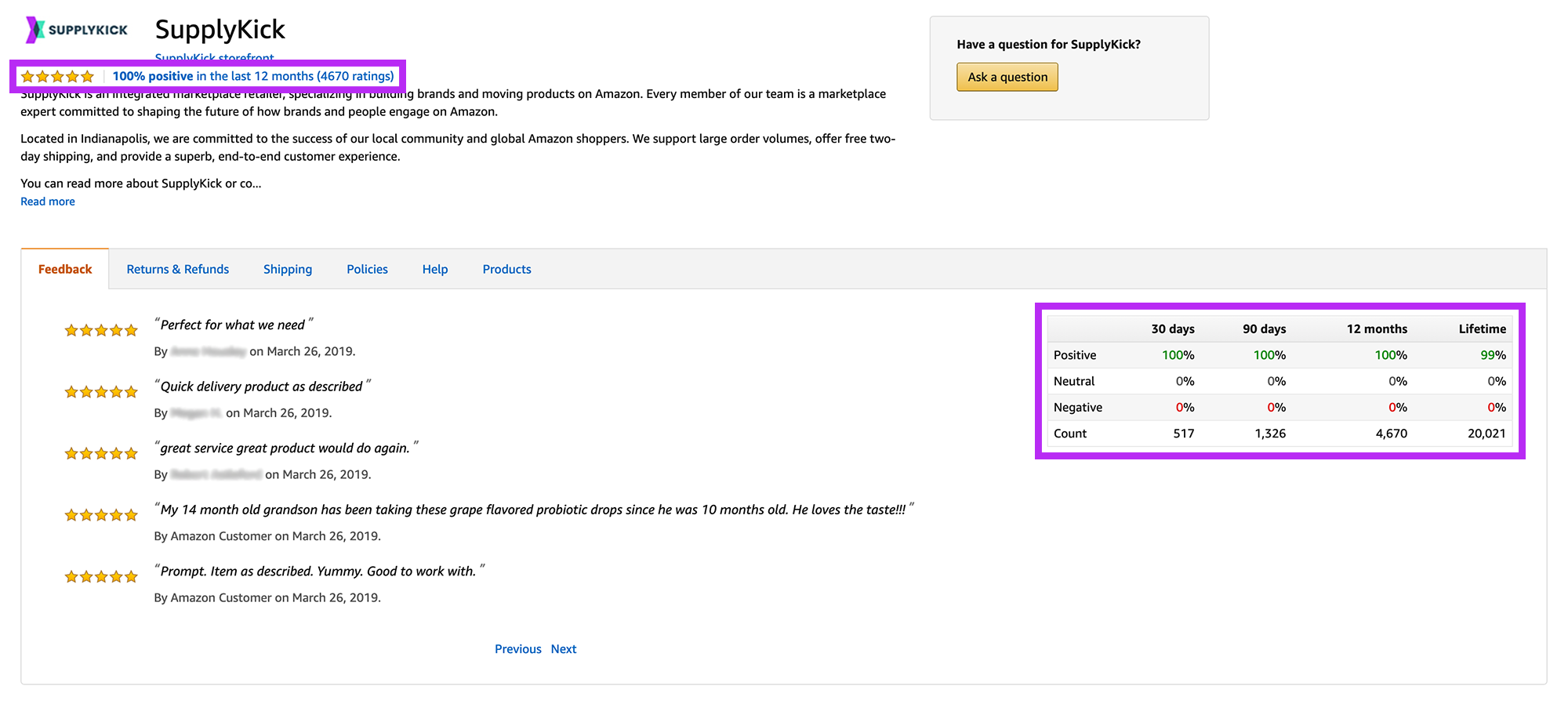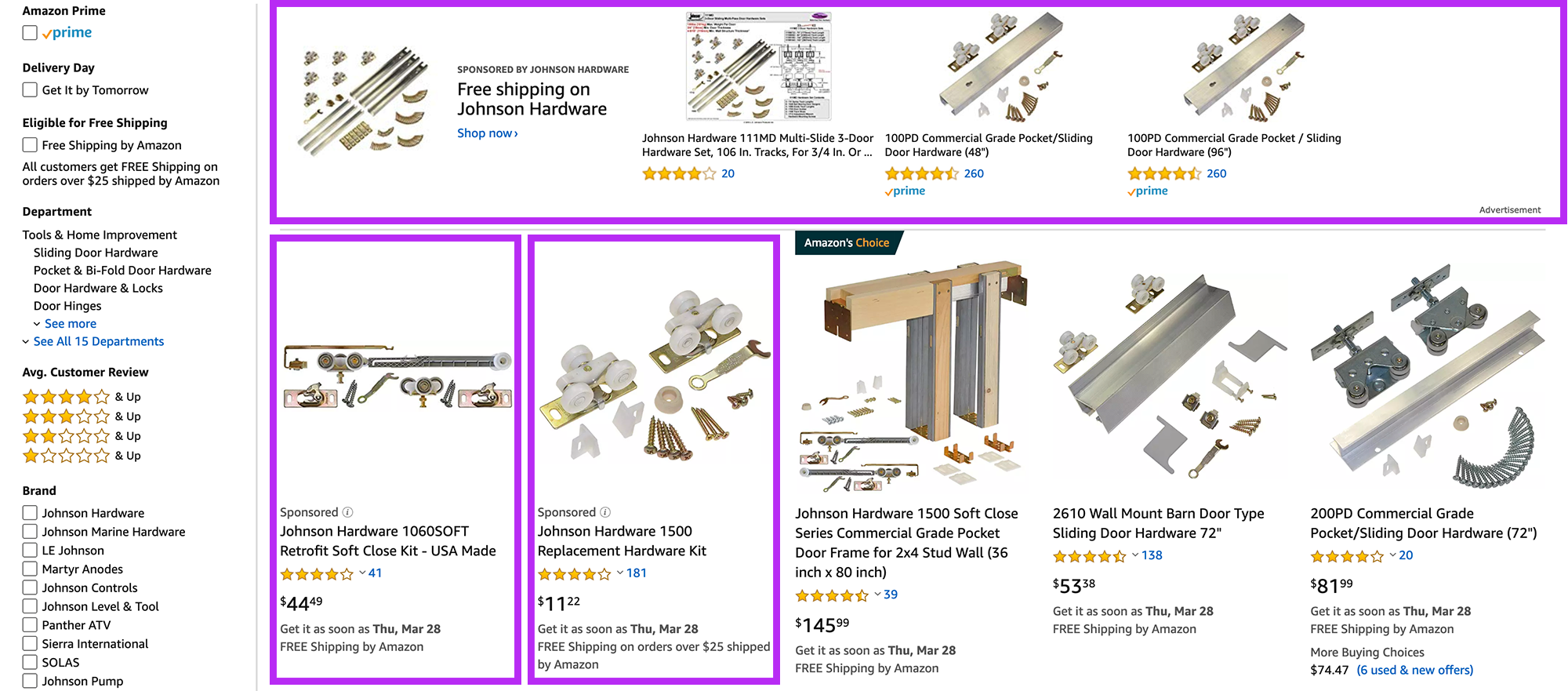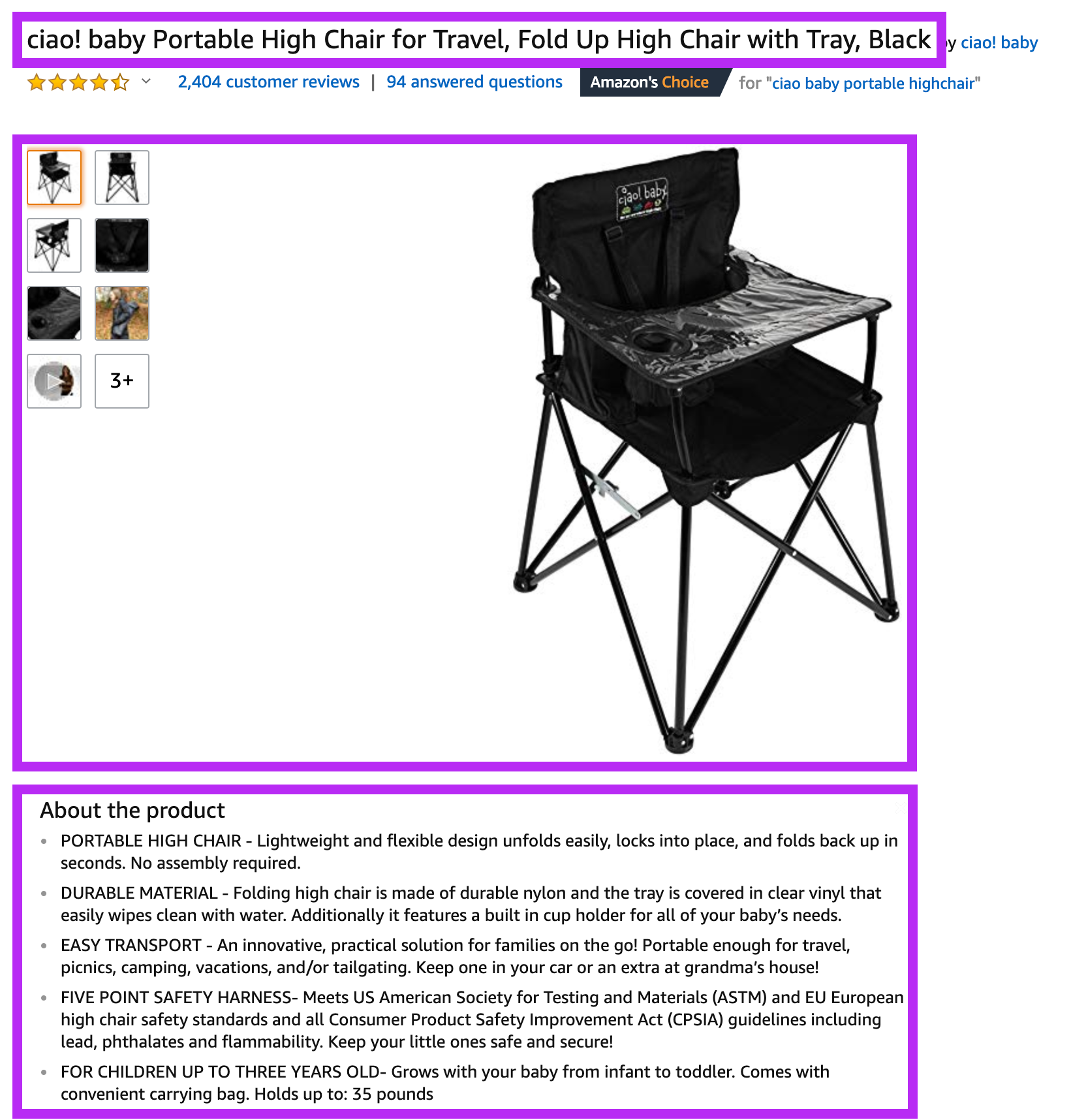Whether a brand is making the transition from Vendor Central to Seller Central, looking to offload the day-to-day management of Amazon, or selling on Amazon for the first time, finding the right partner is crucial. Let’s take a look at some important factors brands should look for when considering a third-party seller to manage their Amazon presence:
First and foremost, any Amazon channel partner should be in compliance with the brand’s guidelines. This includes adhering to all distributor and reseller agreements, especially those related to pricing (typically MSRP, UPP, or MAP pricing policies). A third-party seller who ignores a brand's pricing policies threatens to diminish the value of their products and cause irreparable damage to other retail channels.
Additionally, a key component of brand and intellectual property protection is attending to customer service inquiries. While a third-party seller may be fulfilling the order, Amazon customers will almost always associate their shopping experience with the brand itself. If a third-party seller fails to adequately address customer concerns in a timely fashion, it reflects poorly on the brand, not the seller.
An easy way to validate a third-party seller’s performance is to look at their seller rating, found on Amazon by clicking the highlighted name of the seller. When looking for a trusted third-party seller, you should make sure their seller rating is 99% or higher. If a third-party seller doesn’t meet this threshold, it may mean they are not in compliance with Amazon's customer service guidelines, leaving shoppers frustrated and damaging brand equity.

Inventory management is a key staple of retail, and Amazon is no different. With exorbitant fees charged to sellers with overstocked product, a third-party seller needs to tow the line between keeping products in stock without being overstocked.
Additionally, Prime-eligibility is especially important on Amazon. There are over 300 million Amazon Prime members in the United States alone, and customers accustomed to two-day shipping are much more likely to purchase a product from a Prime seller than a non-Prime seller. In fact, eMarketer predicts that over half of U.S. households will be Prime members by year-end. Prime-eligibility helps the third-party seller win the buy box.
A brand can identify a strong fulfillment strategy by viewing a third-party sellers’ assortment on Amazon. Are all of the products eligible for Prime shipping? Are the vast majority of products in stock?

One of the reasons a third-party selling partner is an attractive Amazon option is because the third-party seller has the same incentives as the brand: sell as much product as possible at a profitable level. To do so, the third-party seller must drive traffic and convert that traffic into sales.
Driving traffic involves a substantial investment in advertising; from sponsored products to sponsored brands, Amazon offers a variety of ways to get a product in front of potential customers. It’s critical that a third-party seller takes advantage of paid traffic opportunities as they become available, such as competitive targeting.

Driving conversions involves search-optimized product titles and photography that are representative of the product. This is especially true if the product is difficult to understand (such as tools with specific dimensions) or in a crowded category (such as apparel).

A good third-party seller will also take advantage of A+ Content. A+ Content appears below the fold of a product detail page and is an opportunity to use visuals to further explain the product or brand. A+ Content can drive a 15 - 25% increase in conversion rate.

A simple Amazon search can help validate a third-party seller’s investment in marketing and advertising. Do the detail pages clearly communicate the value of the product? Does the product appear in the search results, either organically or through an advertisement? Is there A+ Content featured on the listing?
Putting someone else in charge of your Amazon presence can be intimidating, which is why communication is key. Brands should make sure their third-party selling partner is transparent about strategy and follows through on any promises made to the brand. A dedicated account manager is a good sign a third-party seller values strong communication.
Additionally, a brand should ensure they still have regular access to their Amazon data to deploy across other channels, whether through regular reporting or other means. A good third-party seller is a true partner in a brand’s overall retail strategy, not a rogue operation or black box. Likewise, brands also have the opportunity to assist their selling partner by providing data from other channels.
Finally, find a team equipped with the bandwidth to grow and scale your Amazon presence in the long-run. A selling partner that has subject matter experts in advertising, inventory forecasting, customer service, and marketing is well equipped to adapt to any changes on the Amazon platform.
Lorem ipsum dolor sit amet, consectetur adipiscing elit


Sign up to receive our newsletter for growth strategies, important updates, inventory and policy changes, and best practices.
These Stories on SupplyKick
For press inquiries, please contact Molly Horstmann, mhorstmann@supplykick.com